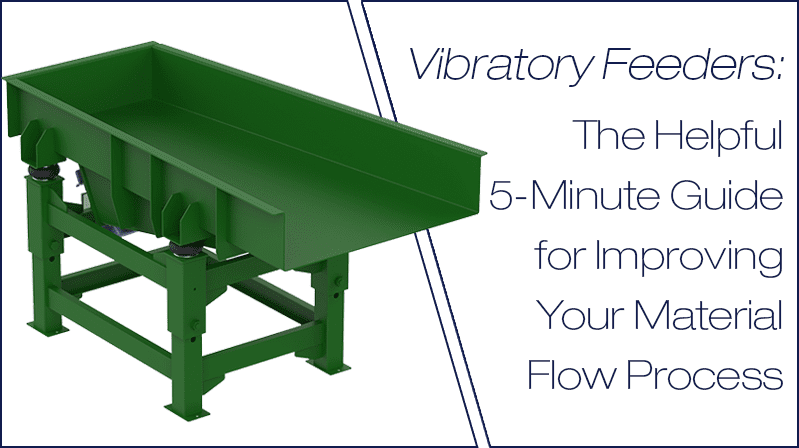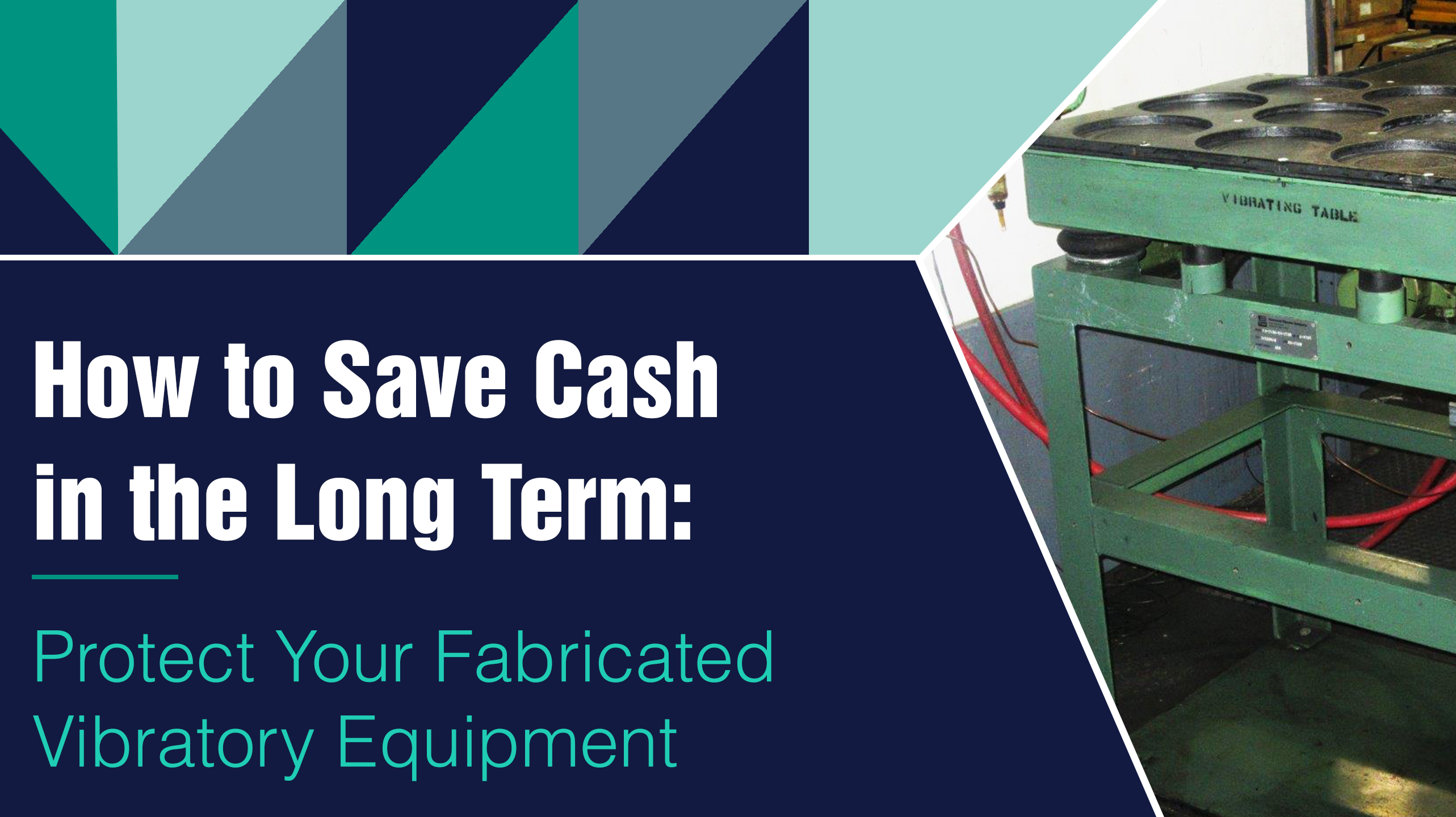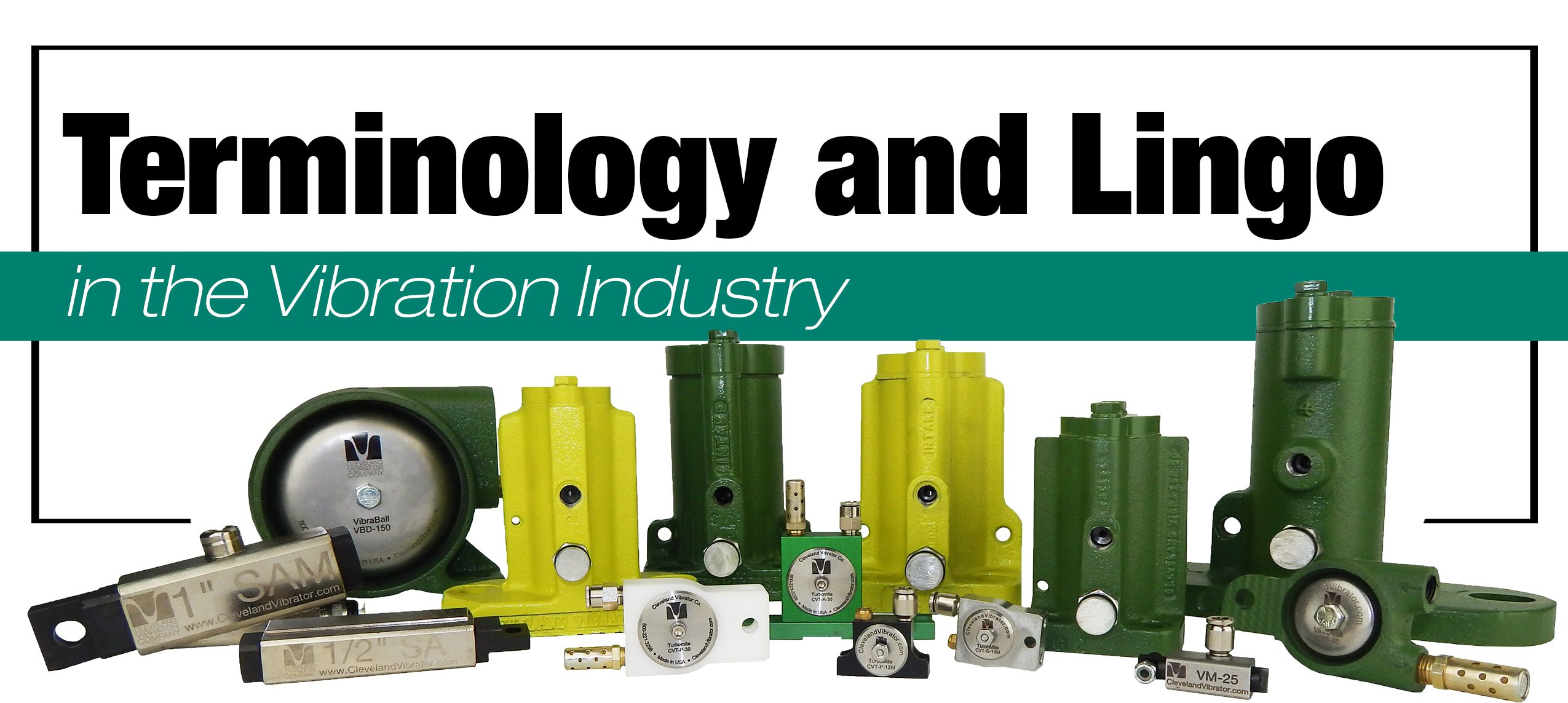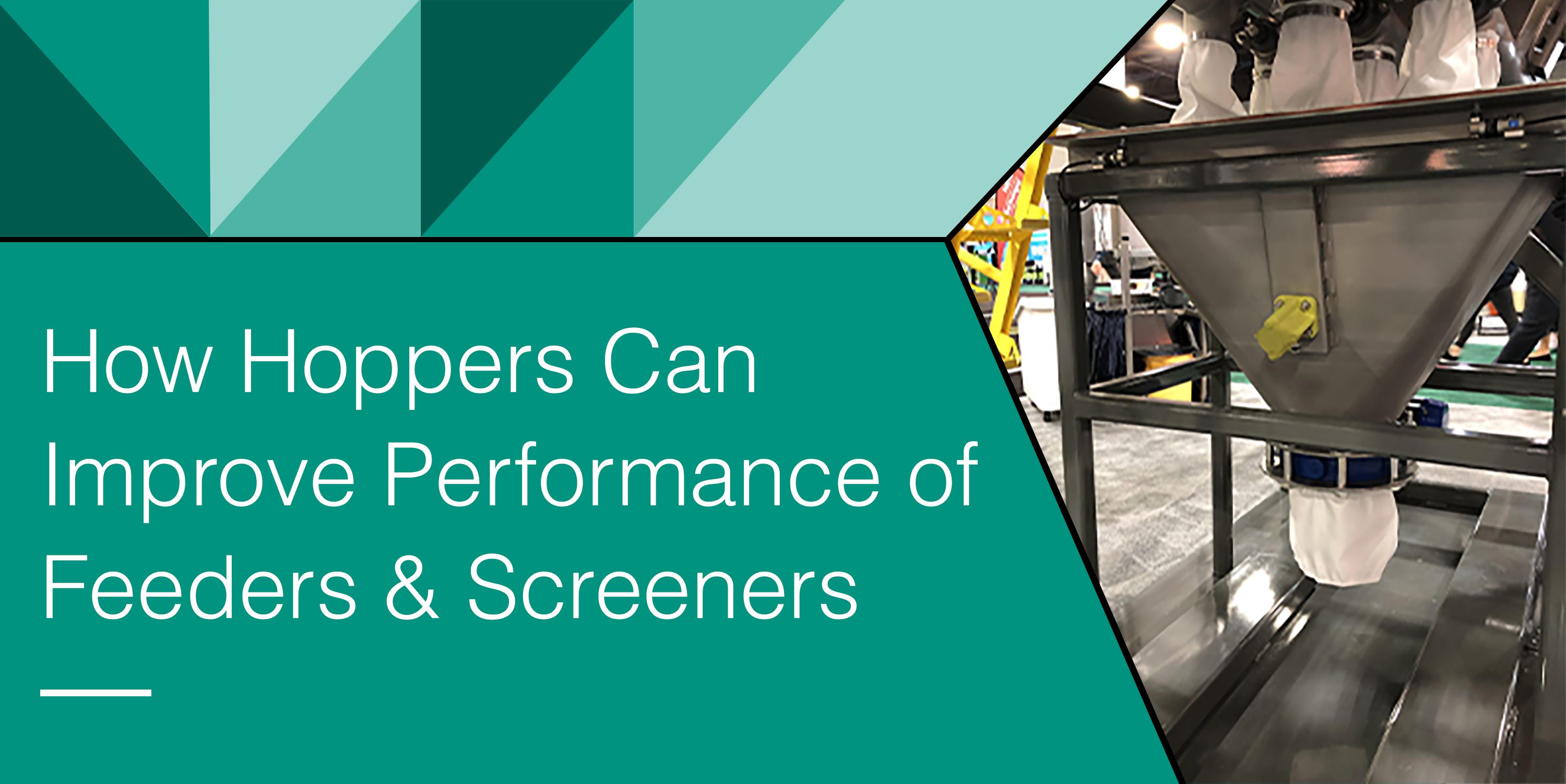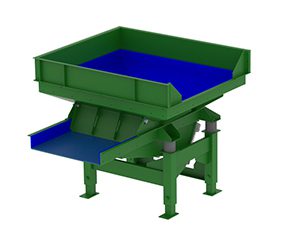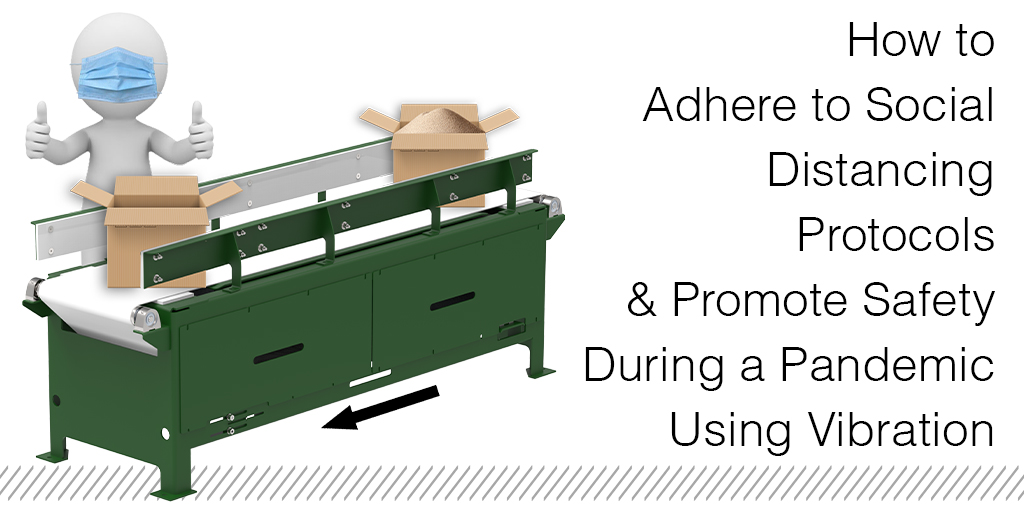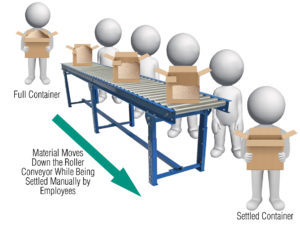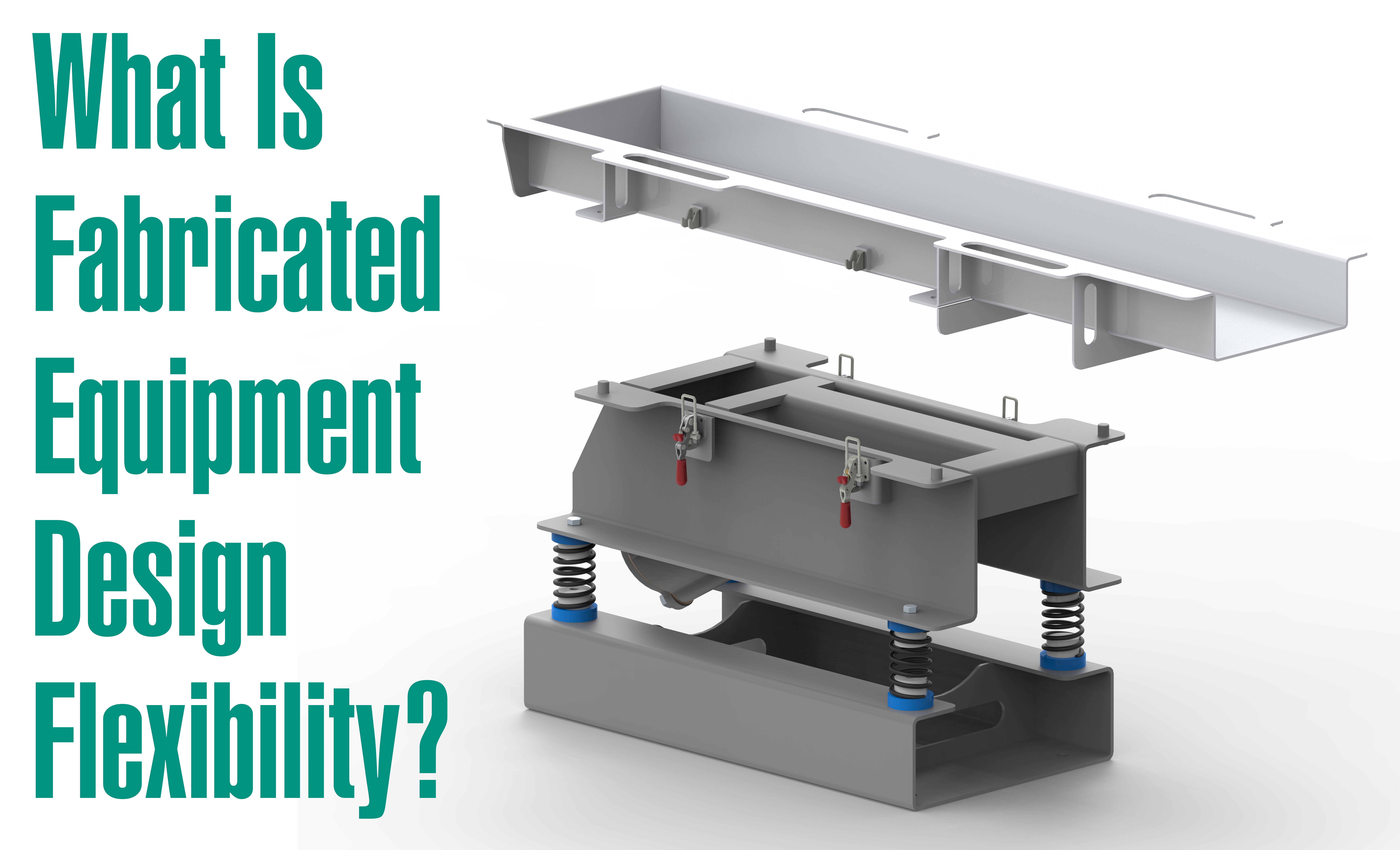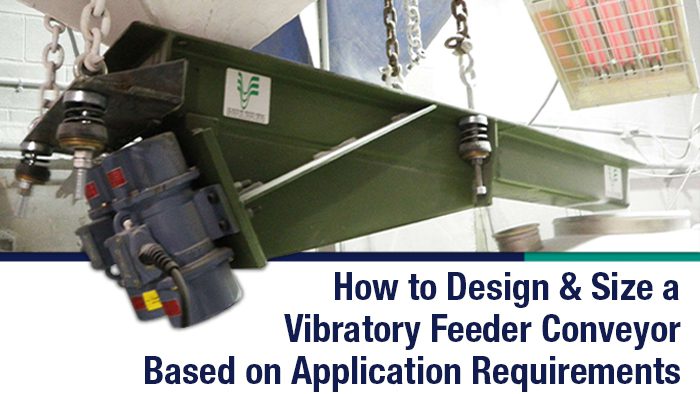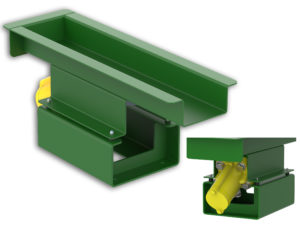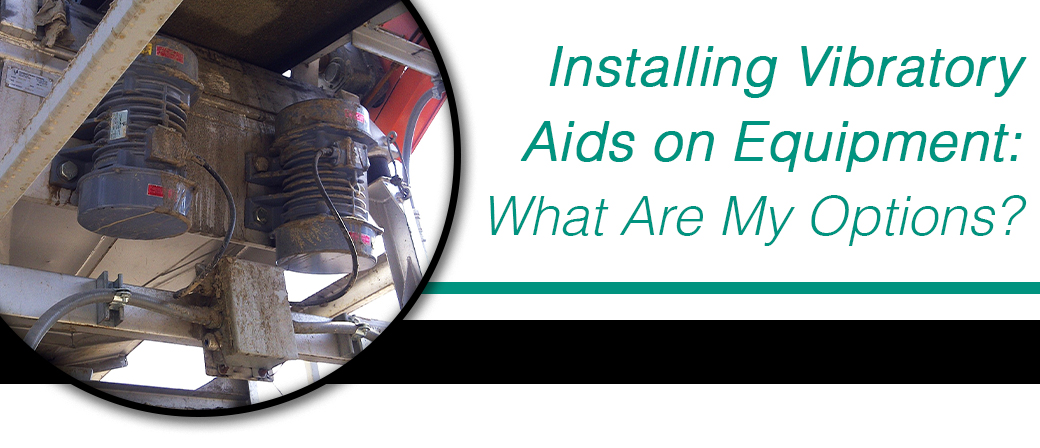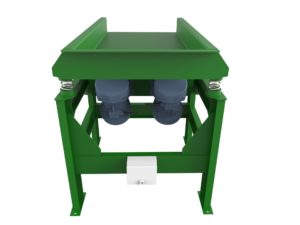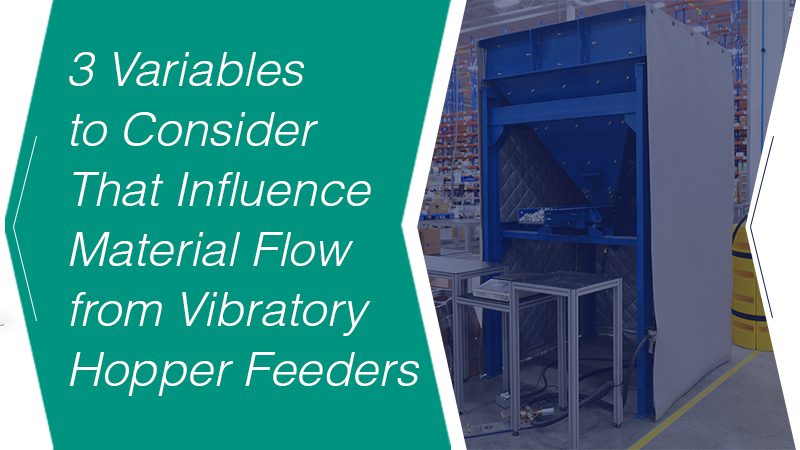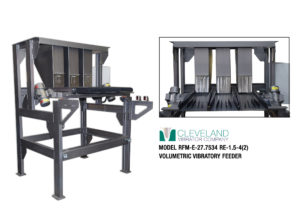Vibratory Feeders: The Helpful 5-Minute Guide for Improving Your Material Flow Process
By Kate Morel
If you’re new to vibratory equipment and vibratory feeders, you may be wondering, “How does a vibratory feeder WORK?” It’s a fair question, and one we hear a lot from people who aren’t familiar with this type of equipment! It’s a completely horizontal solid tray or tube with seemingly no moving parts. Still, the material moves steadily from one end to the other. But, HOW?
Read More…
Kate joined The Cleveland Vibrator Company in 2020 with experience in Application, Product, and Sales Engineering for industrial equipment and component manufacturers. With a B.S.E. in Mechanical Engineering from Case Western Reserve University, she’s now in our Sales Department and specializes in finding custom technical solutions to unique applications.
When she’s not shaking things up in the world of industrial vibration, Kate self-describes as a giant geek who enjoys reading science fiction books, finding projects to over-engineer in her household, and spending time with her husband and sons. You can find Kate outside hiking or horseback riding in her free time, followed by the occasional craft cider or beer!
With expertise in both engineering and application-specific topics, keep an eye out for this vibration expert to provide some great insight into all things #VibrationEducation!
Share this blog post:


